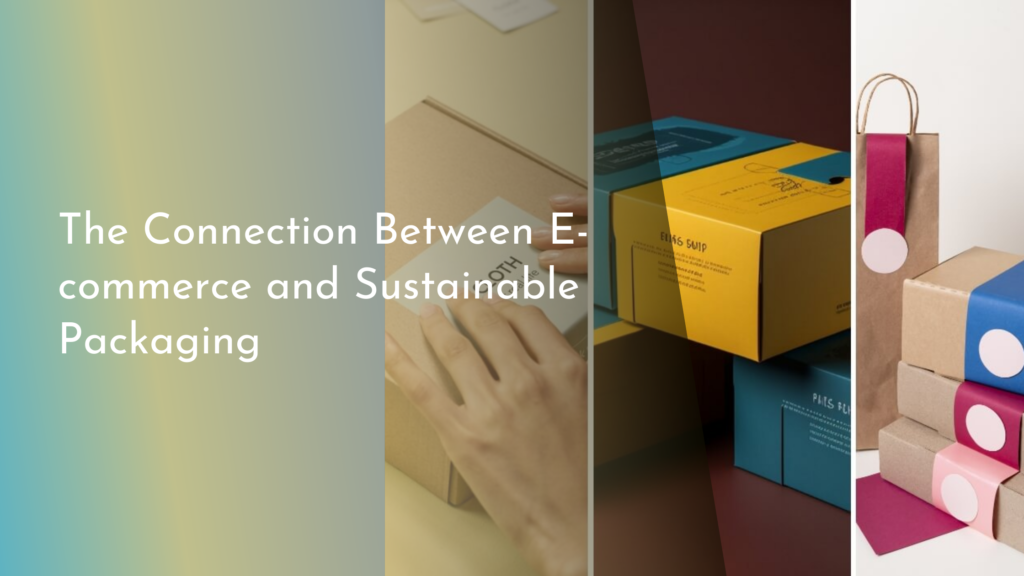The Benefits of Eco-Friendly Home Design for Homeowners
As more homeowners become attuned to the environmental challenges our planet faces, there is a growing interest in adopting eco-friendly home designs. These designs not only minimize environmental impact but also offer significant advantages for those who choose to embrace them. From reducing energy consumption to creating healthier living environments, eco-friendly homes are more than just a trend; they’re a commitment to a sustainable future. In this article, we’ll explore the benefits of eco-friendly home design for homeowners, including financial savings, improved health, and increased property value.
Embracing a Sustainable Lifestyle at Home
Choosing to incorporate eco-friendly design principles into your home is an important step towards embracing a sustainable lifestyle. This can involve using materials that are renewable, recyclable, or sourced locally to reduce your home’s carbon footprint. For example, bamboo flooring and reclaimed wood are popular choices that not only look chic but also offer sustainability advantages. By opting for sustainable materials, homeowners contribute to the conservation of natural resources, while also setting a positive example for their communities.
Beyond materials, sustainable home design often integrates features such as green roofs or rainwater harvesting systems that enhance the ecological balance of your surroundings. These features help manage water runoff and can lead to increased biodiversity in urban areas. By living in harmony with nature, eco-friendly homeowners can enjoy beautiful, functional homes that respect the planet’s delicate ecosystems.
Energy Efficiency: Saving Money and Resources
One of the most appealing aspects of eco-friendly home design is its potential for energy efficiency. Homes designed with energy conservation in mind can greatly reduce electricity and heating bills. This may include installing solar panels, which harness renewable energy from the sun, or using energy-efficient appliances and lighting. Over time, these energy-efficient solutions can lead to significant financial savings, making them a smart investment for the budget-conscious homeowner.
In addition to saving money, energy-efficient homes also contribute to a reduction in the demand for non-renewable energy sources. By decreasing reliance on fossil fuels, homeowners can play a part in reducing greenhouse gas emissions. This is not only beneficial for the environment, but it also aligns with global efforts to combat climate change, ensuring a healthier planet for future generations.
Healthier Living Spaces for Families
Eco-friendly home design often emphasizes the use of non-toxic materials, creating a healthier indoor environment for families. Traditional building materials and furnishings can release volatile organic compounds (VOCs), which may lead to respiratory issues and other health problems. By choosing materials such as low-VOC paints and natural fiber carpets, homeowners can improve indoor air quality, making the home a safer haven for children and adults alike.
Moreover, eco-friendly homes frequently incorporate natural light through strategic window placement and skylights. Increased exposure to natural light can positively impact mood, reduce stress, and improve sleep patterns. By creating spaces that promote health and well-being, sustainable homes offer tangible benefits that extend beyond environmental concerns, directly enhancing the quality of life for their inhabitants.
Boosting Property Value with Green Design
Eco-friendly homes often stand out in the real estate market, attracting buyers who are willing to invest in properties that offer long-term savings and environmental benefits. Green home certifications such as LEED (Leadership in Energy and Environmental Design) can further enhance a property’s appeal, signifying a commitment to sustainability and quality. As demand for sustainable living solutions grows, eco-friendly homes are likely to see an increase in property value, proving to be a wise financial decision.
In addition to financial returns, eco-friendly home design can offer aesthetic advantages that may attract potential buyers. The use of natural materials, innovative energy solutions, and thoughtful landscaping can create a unique and appealing aesthetic that sets a property apart from conventional homes. By investing in green design, homeowners can not only enjoy the immediate benefits of sustainable living but also secure a competitive edge in the property market.
Adopting eco-friendly home design offers numerous benefits for homeowners, from cost savings and improved health to enhanced property value. By embracing sustainable living, individuals not only contribute to the preservation of the environment but also enjoy more comfortable and efficient homes. As the demand for eco-friendly living continues to rise, those who invest in green design are likely to see lasting benefits, both personally and financially. Whether you’re building a new home or renovating an existing one, incorporating eco-friendly principles is a step towards a brighter, more sustainable future.

